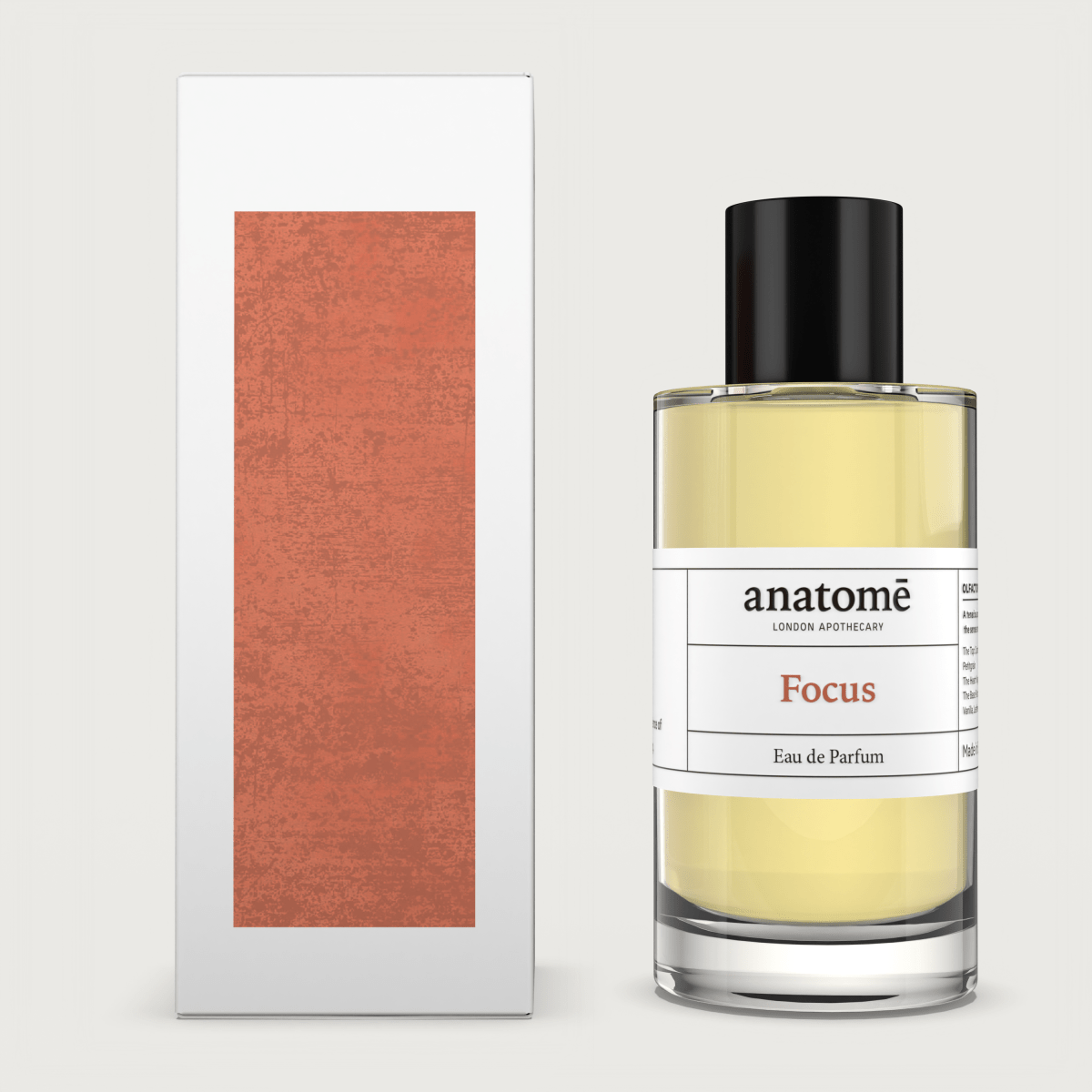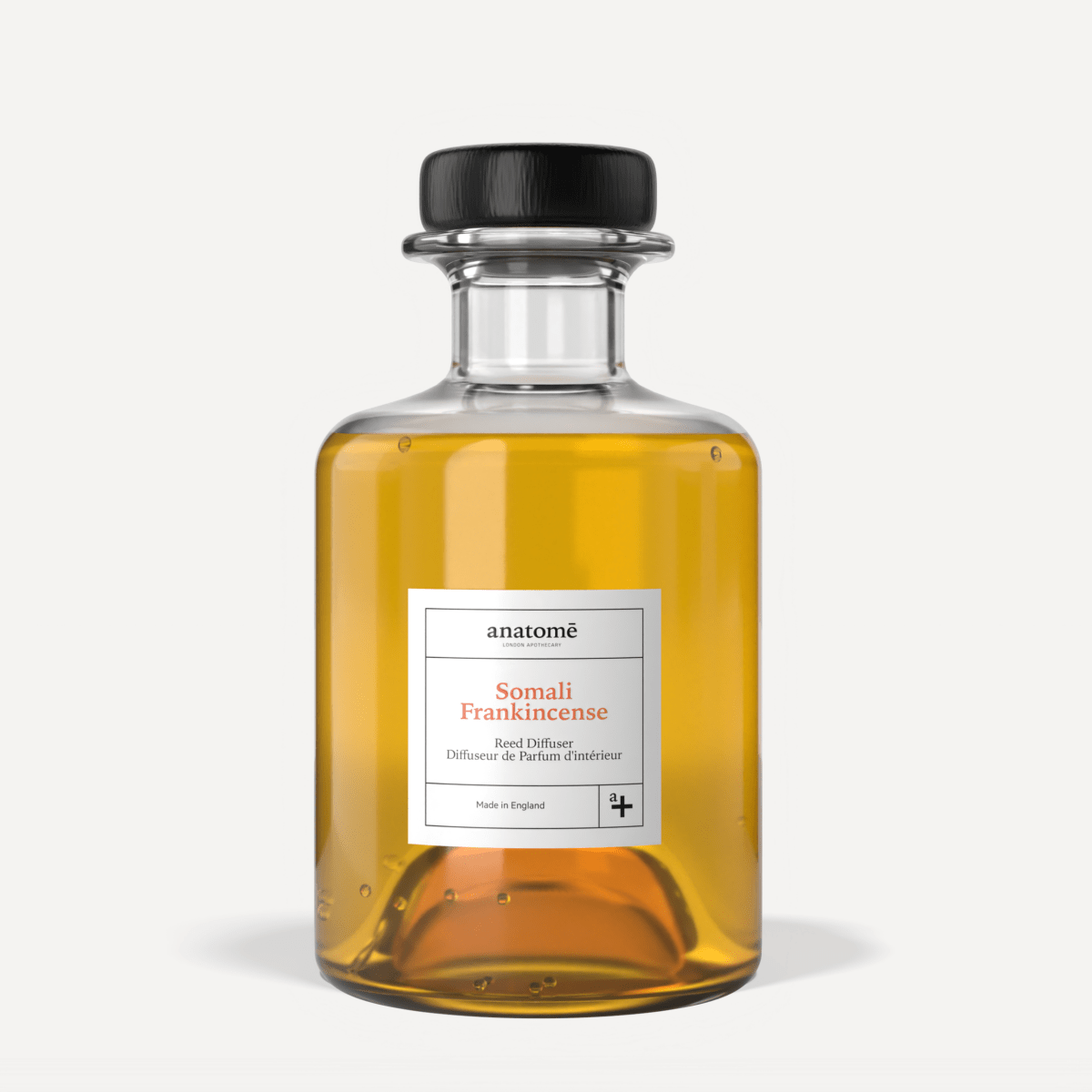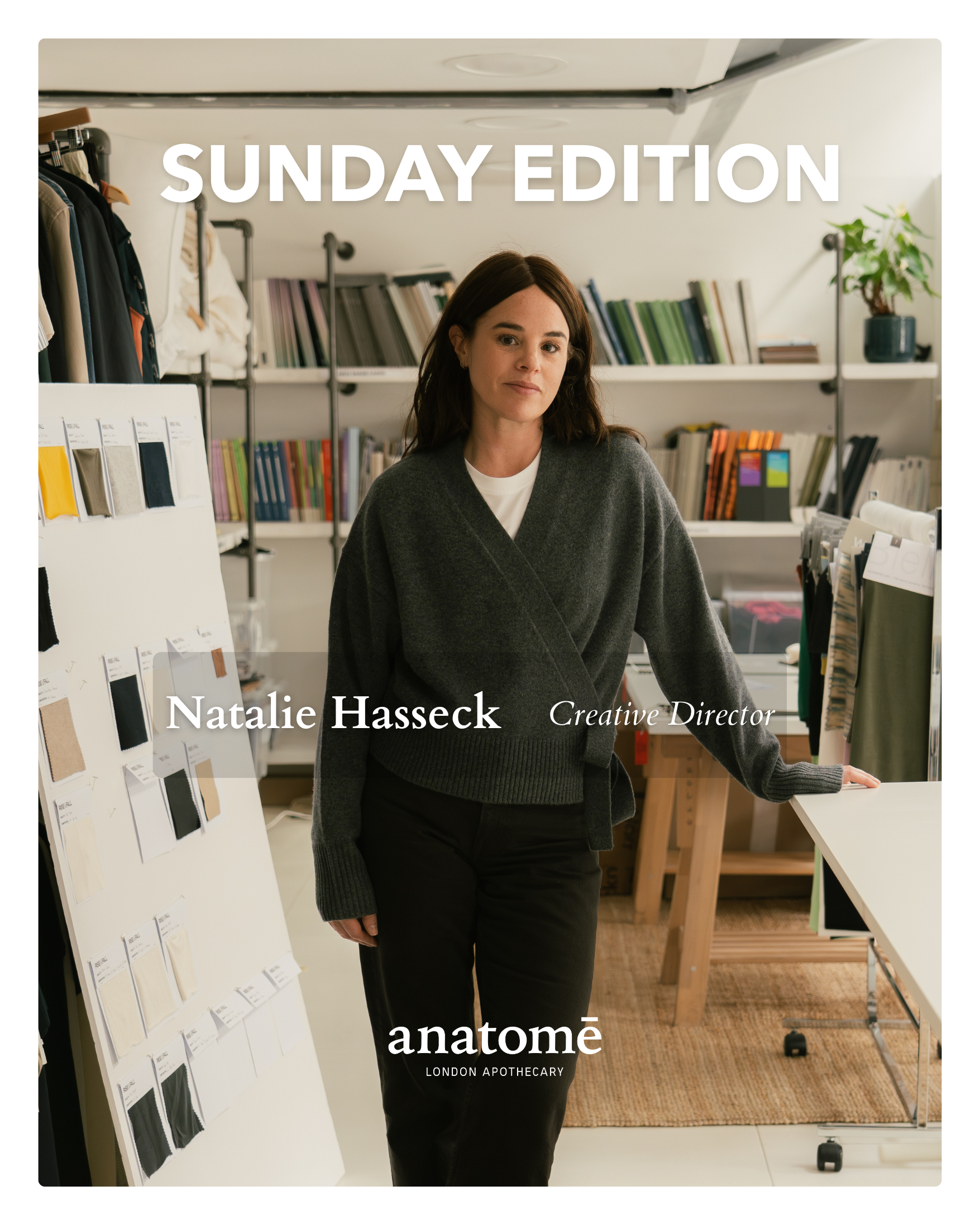Supporting our communities and neighbourhoods is core to everything we do and are as a brand. Not only do we want to support the people living and working closeby, it’s equally as important that we are able to give back as much as we can.
Each year we work with a number of charities that support our communities and their health and wellbeing. Currently we are supporting Hospital Rooms, a UK based arts and mental health charity co-founded by curator Niamh White and artist Tim A Shaw. Hospital Rooms commissions world class artists to work with mental health patients and staff to transform mental health units with exceptional and thought provoking artwork, workshops and art therapy to help heal and nurture patients through the power of art and creativity.

Hospitals are places where we go to heal, but can often be cold and hostile, forgetting about our mental wellbeing. We’ve become used to the stark, clinical nature of hospitals, but we should question why places that are the scene of some of the most traumatic and life changing events in many people's lives, can feel so cold and hostile. These environments should be clean and sterile, but don't need to be so disconnected from the warm care that the people within these spaces deliver. That’s where art can come in.
Art is often low down in the pecking order and isn't a priority for hospitals, which is understandable. Between the tight budgets and the stress surrounding working in that environment, installing thoughtful works of art isn’t usually the first thing on everyone’s minds. However, the past year has been a time that people have thought more about their own living environments than ever before. People have been making and buying art to bring some colour, joy, and inspiration to their days that are spent mostly indoors.

We all have a better understanding of what it feels like to have many of our liberties taken from us, and art can be the antithesis to that. It can challenge, brighten, and stimulate us, not to mention that it inspires creative freedom.
Many people have also connected, or reconnected, with their creative side: picking up a brush, joining an online workshop or taking time to make something in a way they wouldn't have been able to do so a year ago. This has offered escapism, calm, mental stimulation and pride into the day-to-day of a tough twelve months. Making art doesn't have to be therapy, but it can certainly be therapeutic. It is a time to think about how art can be an intrinsic part of a person's care when in a hospital, or at home, and how creative activity can uplift and be joyful, but also acknowledge and confront present struggles.
For more information on art therapy, take a look at these resources:

































